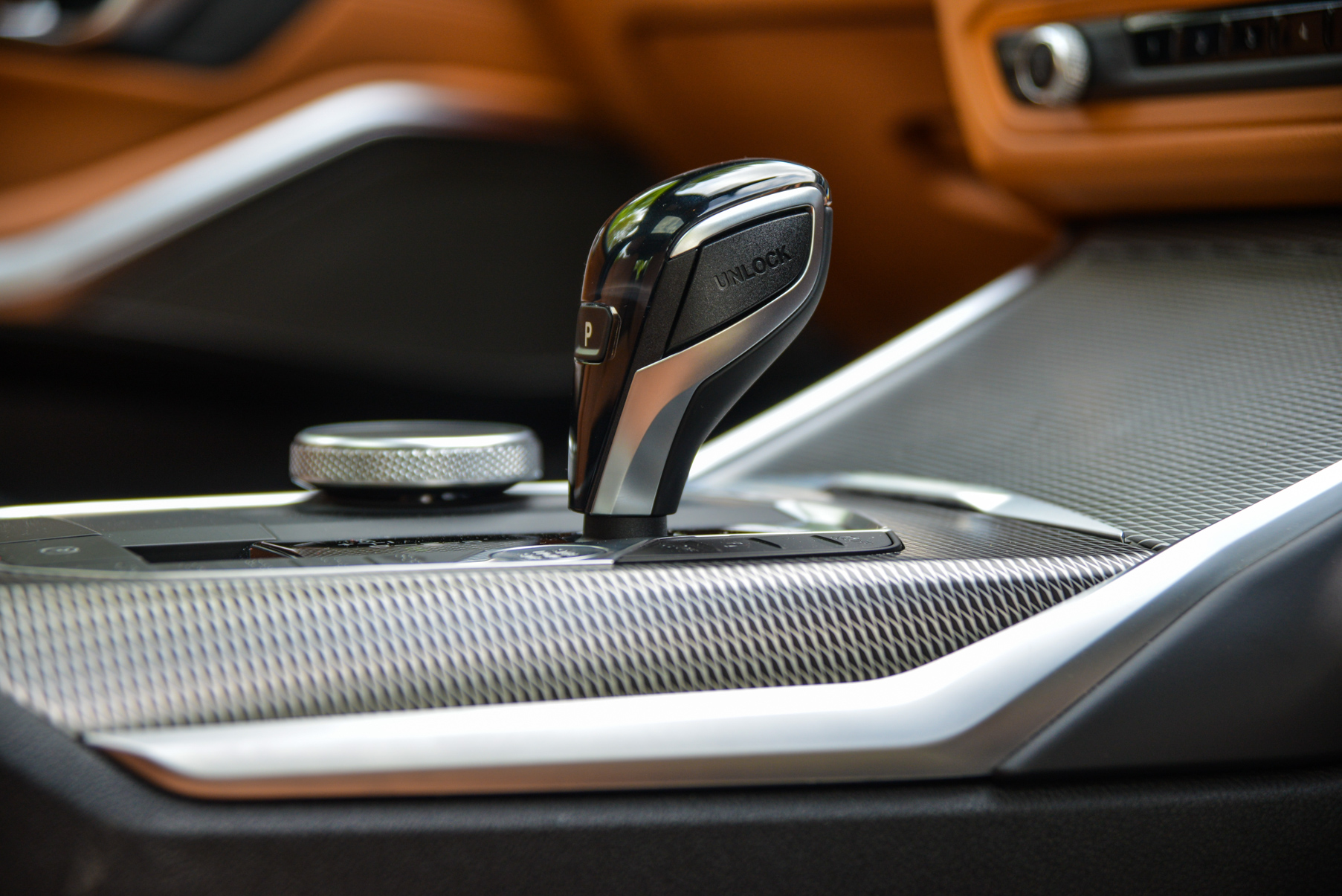Five ways to destroy your automatic transmission

Despite the prevalence of automatic transmissions, not all drivers are aware of the proper way to operate them. Sure, a gearbox that shifts its own gears should be idiot-proof, with minimal driver input required. However, some common bad habits can destroy the hardiest of ATs in the long run. Here are the five top ways to do so.
1. Shifting into gear without stopping the vehicle
Whether you are shifting from ‘R’ to ‘D’ or vice versa, it is very important to wait until your car comes to a complete standstill before switching between directionally-opposite gears. This is because of the bands and clutches within the transmission; the very components responsible for switching between different gearsets.
Shifting into gear while the car is rolling effectively forces your transmission band to act like a brake, which it is not designed to do and may cause accelerated wear and tear, or if you are unlucky, an early trip to a service technician.
2. Forgoing the parking brake when, er... parking
It can be quite tempting to leave the handbrake (or any other forms of emergency brakes) down and rely solely on that magical ‘P’ marking on the centre console once you've come to a stop. Though it will hold the car, you are putting undue stress on the component called parking pawl that locks your transmission’s output shaft, preventing it from turning the wheels. Engage the handbrake and the pawl will thank you as the handbrake will take a huge load off it in keeping the vehicle stationary.
Many modern cars with electronic parking brakes (EPB) are clever enough to automatically engage the parking brakes when 'P' is selected upon coming to a stop, but we'd still recommend doing so manually to be on the safe side as transmission repairs are no laughing matter.
3. Excessively revving the engine before popping into gear
This is one of the most surefire ways to turn your transmission into a piece of scrap metal. Also known as neutral dropping in automotive parlance, free revving the engine in neutral and dropping it into drive will cause excessive slippage as your transmission band and clutches attempt to overcome the excessive shock.
Granted, most modern cars have rev limiters which automatically cut power and slow the engine down to prevent the transmission from exploding. Additionally, launch control settings in some high-performance cars offer some allowance in this area while protecting the gearbox. However, it's worth reminding yourself that automatic vehicles aren't designed for two-footed driving in any condition.
4. Shifting into park while rolling
Just like point number one, you also need to roll to a stop before shifting into park. Once again, it is our old friend, the parking pawl at work here. Everytime you shift into ‘P’, the parking pawl will slot itself into the ridges machined on the output shaft, hence preventing it from turning.
If you shift into ‘P’ while your car is still moving, the pawl will grind itself against the rotating output shaft and this might break it. If this happens, brace yourself for a potentially hefty transmission repair bill.
5. Neglecting the transmission fluid
This gives point number three a run for its money as far as ways to destroy your automatic transmission go. In the same way an engine oil change is crucial for your vehicle's health, the automatic transmission fluid (ATF) in a two-pedaled car also requires regular, albeit less frequent, changes if you're to keep the gearbox in tip-top shape.
Other than obviously lubricating the moving parts, the transmission fluid also plays a part in gear changes by applying fluid pressure that forces the clutches and bands to lock onto the gearsets. Over time, the fluid will lose its effectiveness and cause a whole host of gremlins from lubrication loss to transmission slippage if not changed in a timely manner. Using the wrong fluid opens up a whole new can of worms altogether. Don't confuse a conventional torque converter AT with a DCT or CVT; the fluid requirements vary with each setup.
- Arif Sharif

